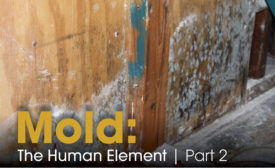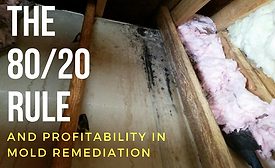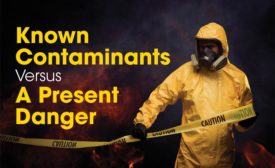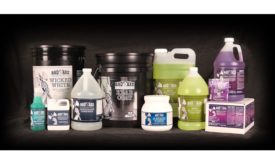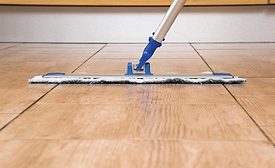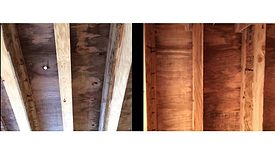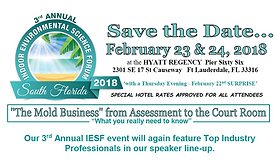Mold Remediation
Handling specialty cases and third parties during mold remediation.
Read More
Mold: The Human Element | Part 1
Homeowners, tenants, and shared responsibility when handling multi-family losses.
Read More
Sponsored Content
The Importance of Proper Containment during Mold Remediation
April 23, 2018
SAVE THE DATE! 3rd Annual Indoor Environmental Science Forum
"Microbial Trench Warfare: A Day in the Life of Mold Assessors & Remediators!"
October 3, 2017
Stay ahead of the curve with our eNewsletters.
Get the latest industry updates tailored your way.
JOIN TODAY!Copyright ©2025. All Rights Reserved BNP Media.
Design, CMS, Hosting & Web Development :: ePublishing
